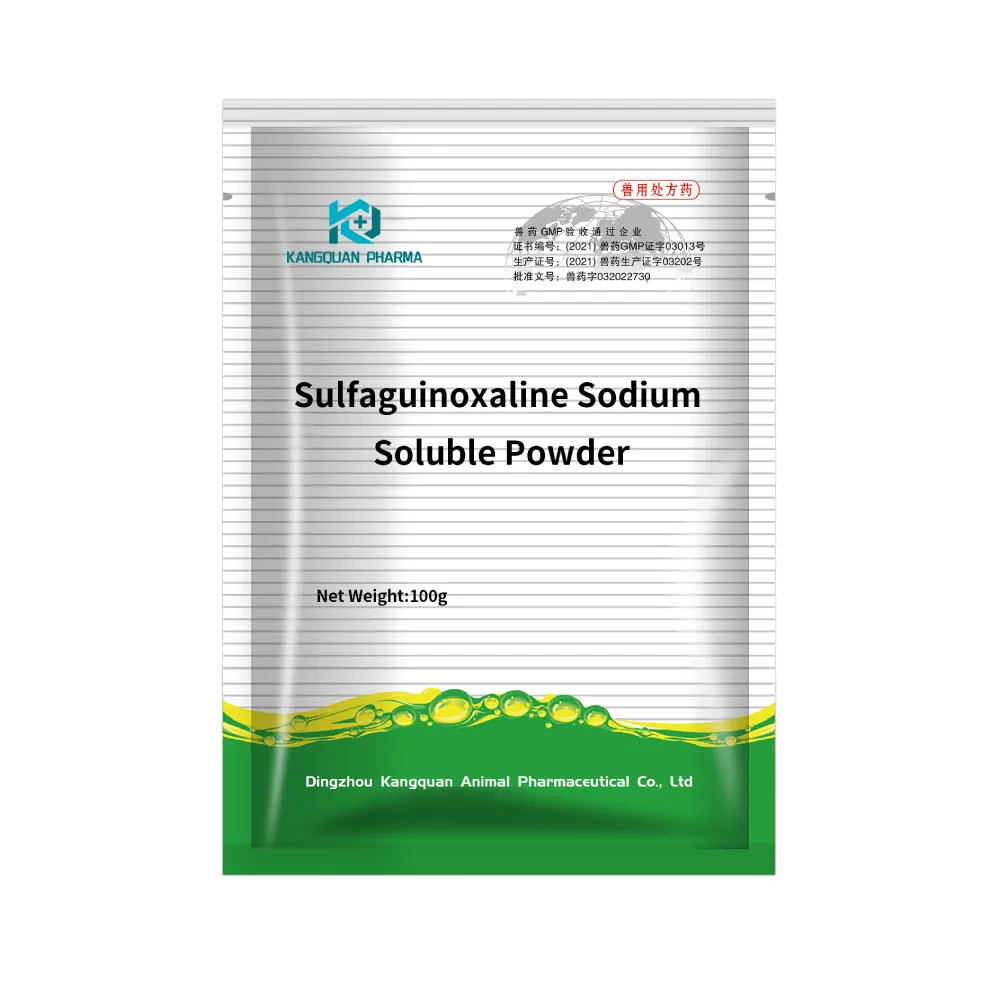- Afrikaans
- Albanian
- Amharic
- Arabic
- Armenian
- Azerbaijani
- Basque
- Belarusian
- Bengali
- Bosnian
- Bulgarian
- Catalan
- Cebuano
- Corsican
- Croatian
- Czech
- Danish
- Dutch
- English
- Esperanto
- Estonian
- Finnish
- French
- Frisian
- Galician
- Georgian
- German
- Greek
- Gujarati
- Haitian Creole
- hausa
- hawaiian
- Hebrew
- Hindi
- Miao
- Hungarian
- Icelandic
- igbo
- Indonesian
- irish
- Italian
- Japanese
- Javanese
- Kannada
- kazakh
- Khmer
- Rwandese
- Korean
- Kurdish
- Kyrgyz
- Lao
- Latin
- Latvian
- Lithuanian
- Luxembourgish
- Macedonian
- Malgashi
- Malay
- Malayalam
- Maltese
- Maori
- Marathi
- Mongolian
- Myanmar
- Nepali
- Norwegian
- Norwegian
- Occitan
- Pashto
- Persian
- Polish
- Portuguese
- Punjabi
- Romanian
- Russian
- Samoan
- Scottish Gaelic
- Serbian
- Sesotho
- Shona
- Sindhi
- Sinhala
- Slovak
- Slovenian
- Somali
- Spanish
- Sundanese
- Swahili
- Swedish
- Tagalog
- Tajik
- Tamil
- Tatar
- Telugu
- Thai
- Turkish
- Turkmen
- Ukrainian
- Urdu
- Uighur
- Uzbek
- Vietnamese
- Welsh
- Bantu
- Yiddish
- Yoruba
- Zulu
Nov . 19, 2024 16:56 Back to list
Effective Medications for Treating Tapeworms in Dogs and Ensuring Their Health
Understanding Tapeworms in Dogs and How to Treat Them
Tapeworms are a common parasitic infection in dogs that can cause various health issues. These flat, segmented worms reside in the intestines of dogs, and while they are often not life-threatening, their presence can lead to discomfort and other health complications. Understanding how dogs get tapeworms, recognizing the symptoms, and knowing the medication options available for treatment is essential for any dog owner.
How Do Dogs Get Tapeworms?
Dogs typically acquire tapeworms through the ingestion of infected fleas. When a dog grooms itself or bites and ingests a flea while scratching, it may accidentally consume the larval stage of the tapeworm. Additionally, dogs can become infected by eating rodents or other animals that carry the adult worms. Certain environments, especially those that are flea-infested or those where dogs roam freely, can increase the likelihood of tapeworm infection.
Recognizing Symptoms
Many dogs infected with tapeworms exhibit minimal symptoms. However, some signs can indicate an infestation. One common symptom is the sight of tapeworm segments in the dog's stool or around the anal area, resembling grains of rice. Other symptoms may include weight loss despite a good appetite, increased scooting behavior, lethargy, and an irritated anal region. If you suspect your dog has tapeworms, consulting a veterinarian is crucial for a proper diagnosis and treatment plan.
Medication for Tapeworms
dog tapeworm medication

The standard treatment for tapeworms involves the use of specific medications known as anthelmintics. Praziquantel is one of the most commonly prescribed medications for tapeworm treatment in dogs. This medication works by causing the tapeworm to disintegrate and be expelled through the dog’s feces. Typically, the veterinarian administers the drug as a single dose, although in some cases, a second dose may be necessary weeks later to ensure the complete eradication of the parasites.
In addition to praziquantel, veterinarians may recommend flea control methods, as preventing fleas is crucial in stopping future infestations. Regularly treating your dog with flea preventatives not only protects against tapeworms but also contributes to overall canine health.
Preventative Measures
Preventing tapeworm infections goes hand in hand with general pet care. Regular veterinary check-ups and timely vaccinations can help maintain your dog’s health. Moreover, routine fecal examinations can detect parasites early, allowing for prompt treatment. Maintaining a clean living environment, including frequent vacuuming and washing of dog bedding, can help minimize flea infestations.
Conclusion
Tapeworms in dogs may be a common issue, but with the right knowledge and preventative measures, pet owners can protect their furry friends effectively. Regular veterinary visits, the use of effective flea treatments, and awareness of tapeworm symptoms are all essential steps in keeping your dog healthy and happy. If you suspect your dog may have tapeworms, don’t hesitate to contact your veterinarian for proper diagnosis and treatment.
-
Guide to Oxytetracycline Injection
NewsMar.27,2025
-
Guide to Colistin Sulphate
NewsMar.27,2025
-
Gentamicin Sulfate: Uses, Price, And Key Information
NewsMar.27,2025
-
Enrofloxacin Injection: Uses, Price, And Supplier Information
NewsMar.27,2025
-
Dexamethasone Sodium Phosphate Injection: Uses, Price, And Key Information
NewsMar.27,2025
-
Albendazole Tablet: Uses, Dosage, Cost, And Key Information
NewsMar.27,2025













